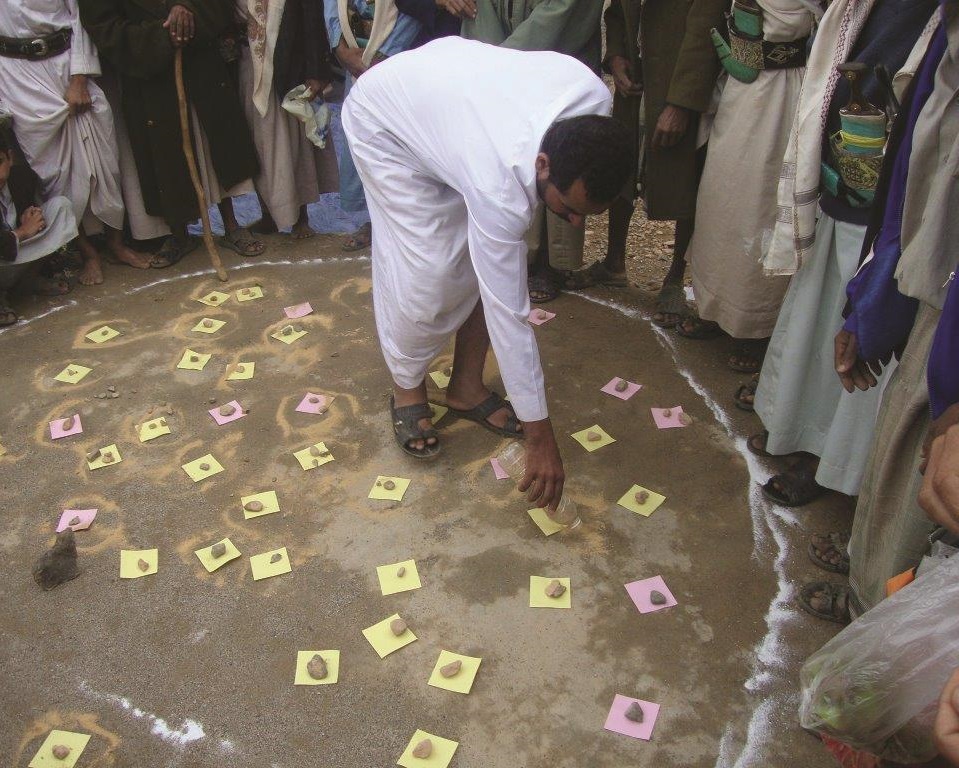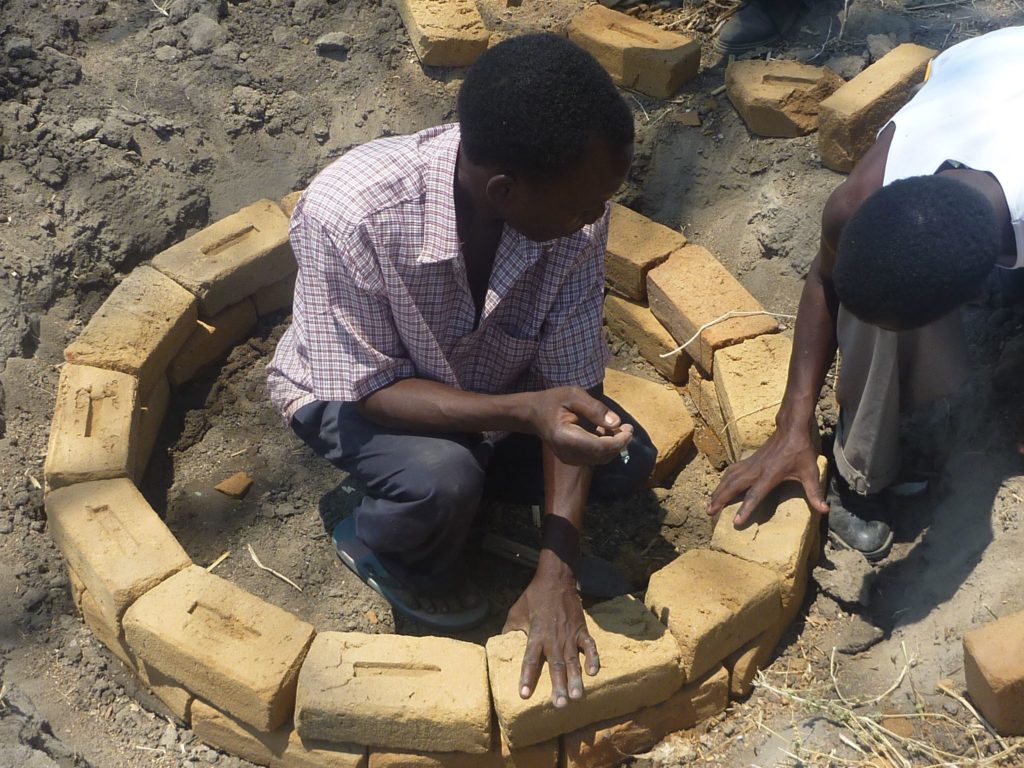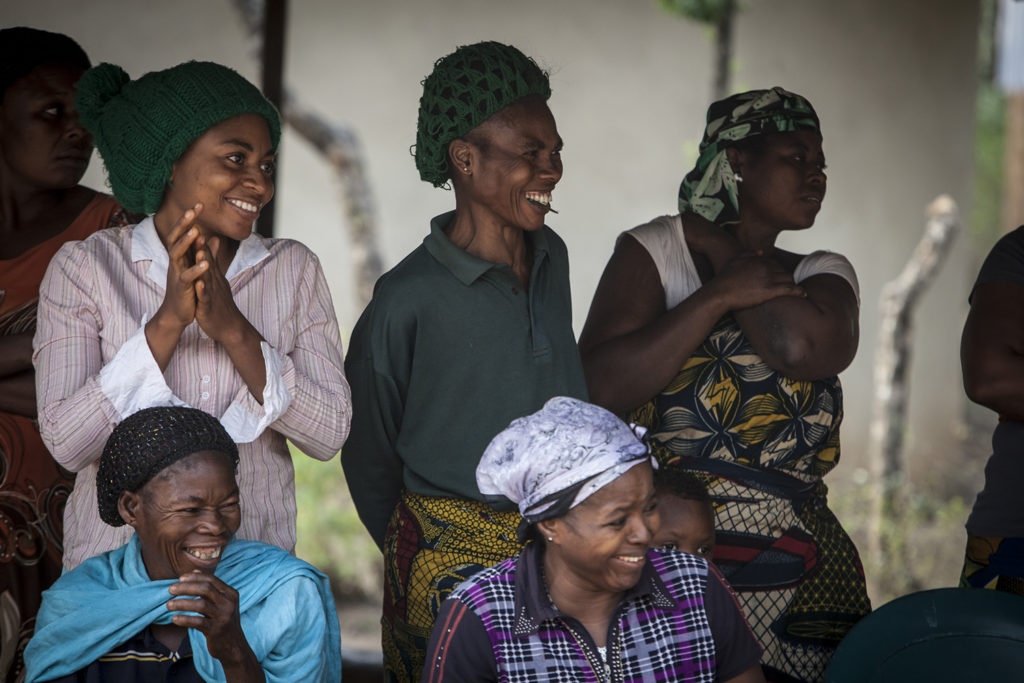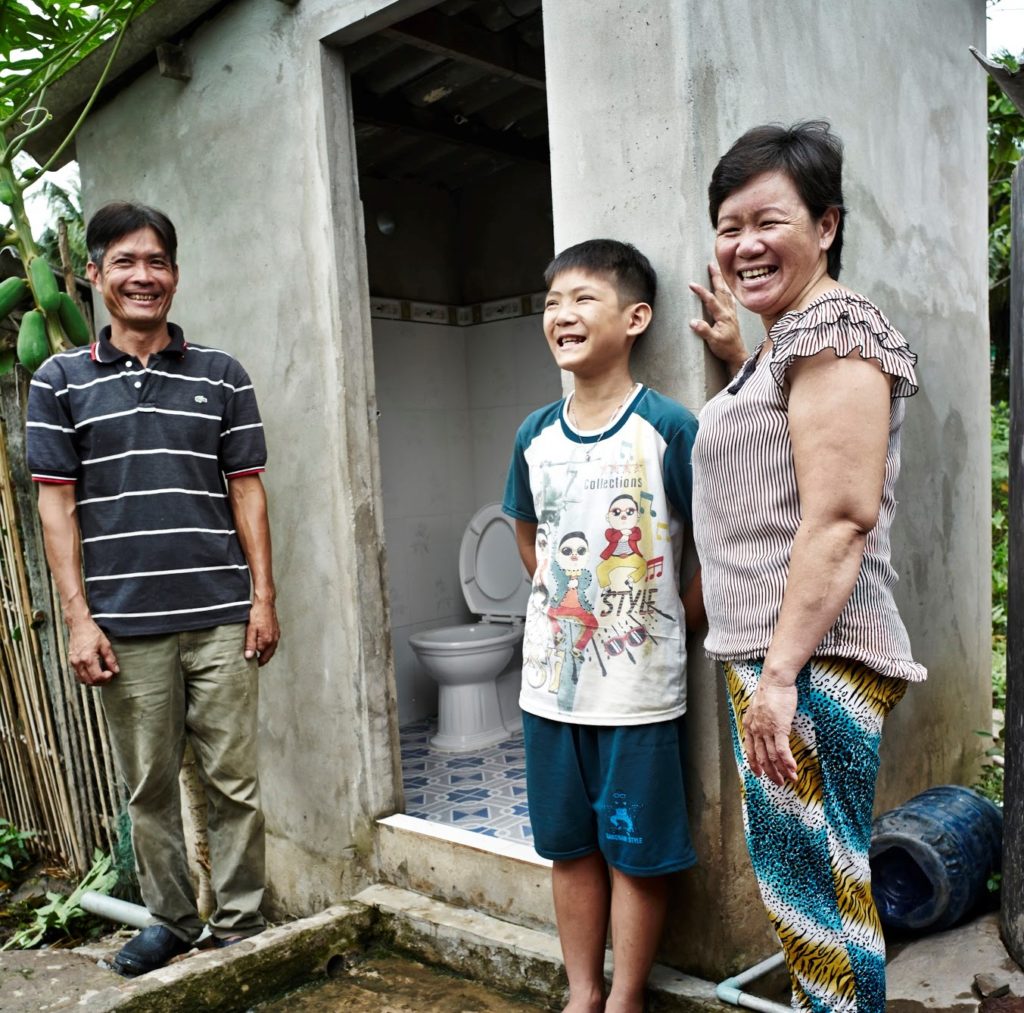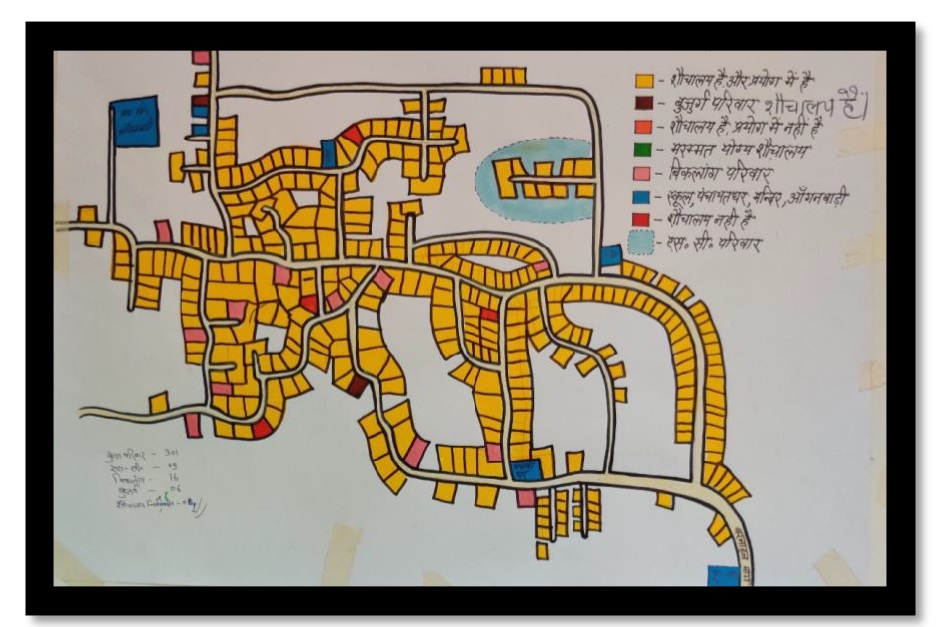Community-led approaches such as Community-Led Total Sanitation (CLTS) aim to mobilise community members to identify and find solutions to their sanitation and hygiene (S&H) needs.
Recognising that simply providing toilets does not guarantee their use or result in improved S&H, community-led approaches encourage people to utilise local knowledge, technology and innovation to improve their S&H status.
Communities decide what actions they take and infrastructure they build. Consequently, ownership and sustainability of the resulting changes can be high. However, success is dependent on the quality of facilitation and the level of adaptation to different community dynamics and contexts.
With an emphasis on self-help, community-led approaches are traditionally less dependent on external hard-ware support than other approaches. However, they are not necessarily more cost-effective than other approaches (as is sometimes assumed) given the costs associated with developing and maintaining a network of skilled facilitators and the importance of continued engagement with communities up to and beyond their achievement of open defecation free (ODF) status.
Like any approach, community-led approaches must have explicit strategies in place to identify potentially vulnerable communities, households and individuals to ensure they are able to participate and benefit from improvements. This may be possible through identifying local sources of support but may require support from further afield.
Although community-led approaches discourage prescriptive solutions to community-identified problems, in contexts with challenging physical environments or limited experience using sanitation or hygiene facilities previously, it may be necessary to provide some design advice to ensure facilities are appropriate, durable and accessible.
This can help to avoid poor quality facilities being built that may quickly become unusable, undermining behavior change. CLTS is the most widely used and successful community-led approach. Others include Community Health Clubs (CHCs) and Participatory Hygiene and Sanitation Transformation (PHAST). Like all approaches, they will need to be tailored and combined with complementary approaches depending on the context to leave no one behind in the drive to achieve SDG 6.2.




